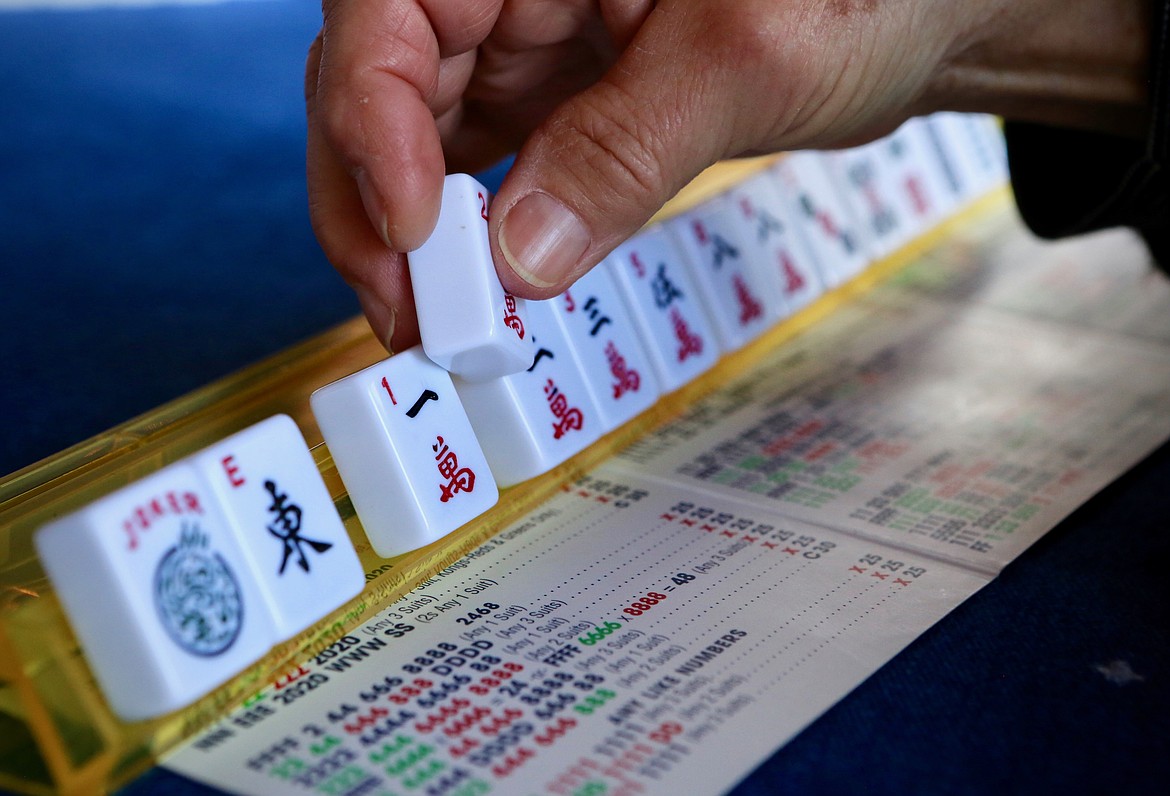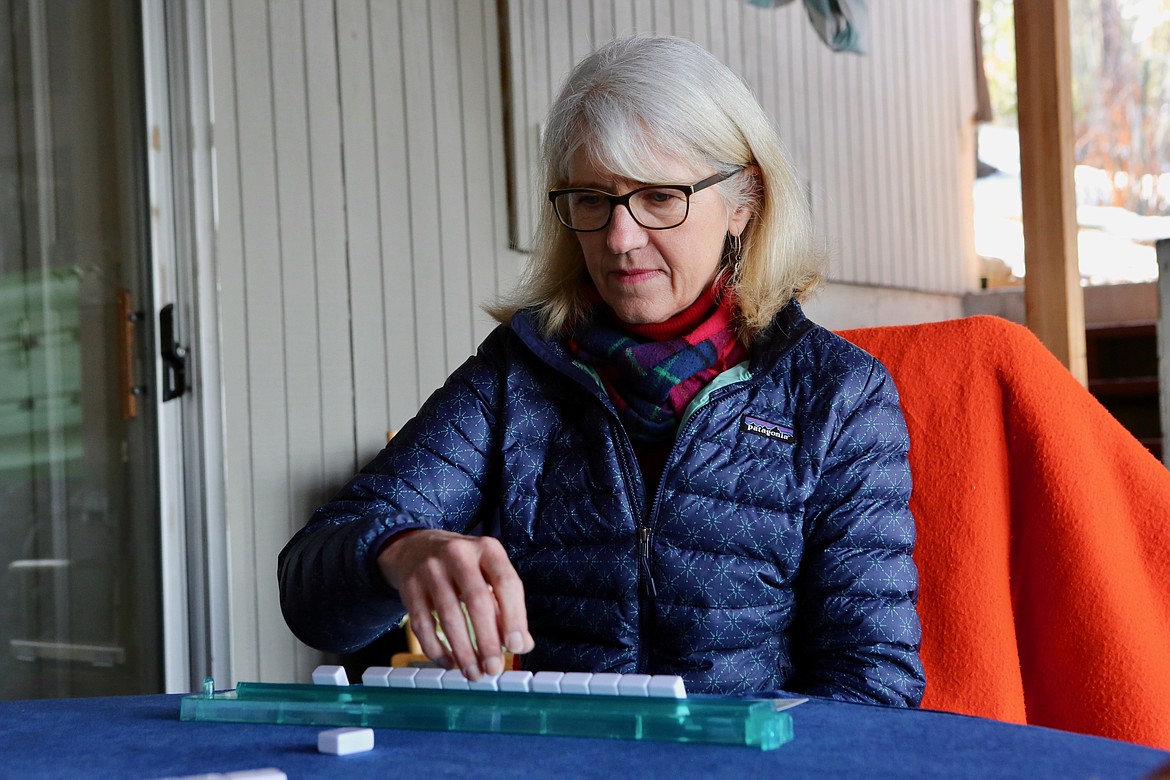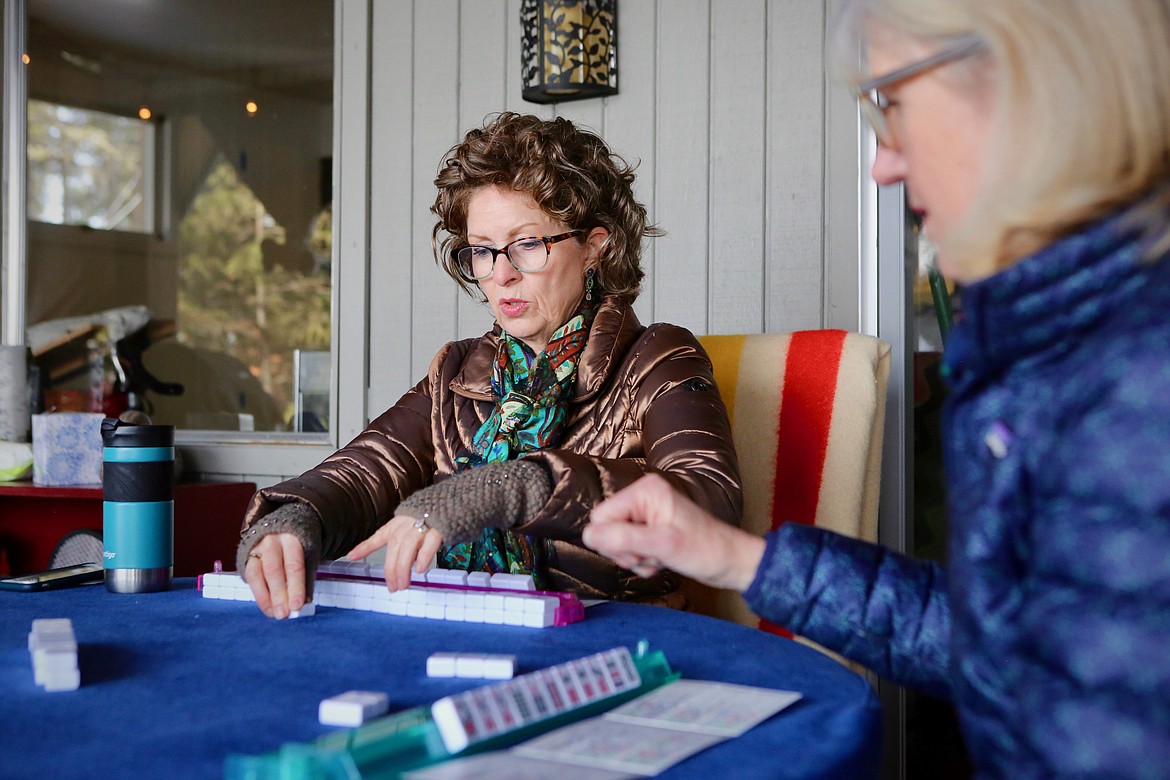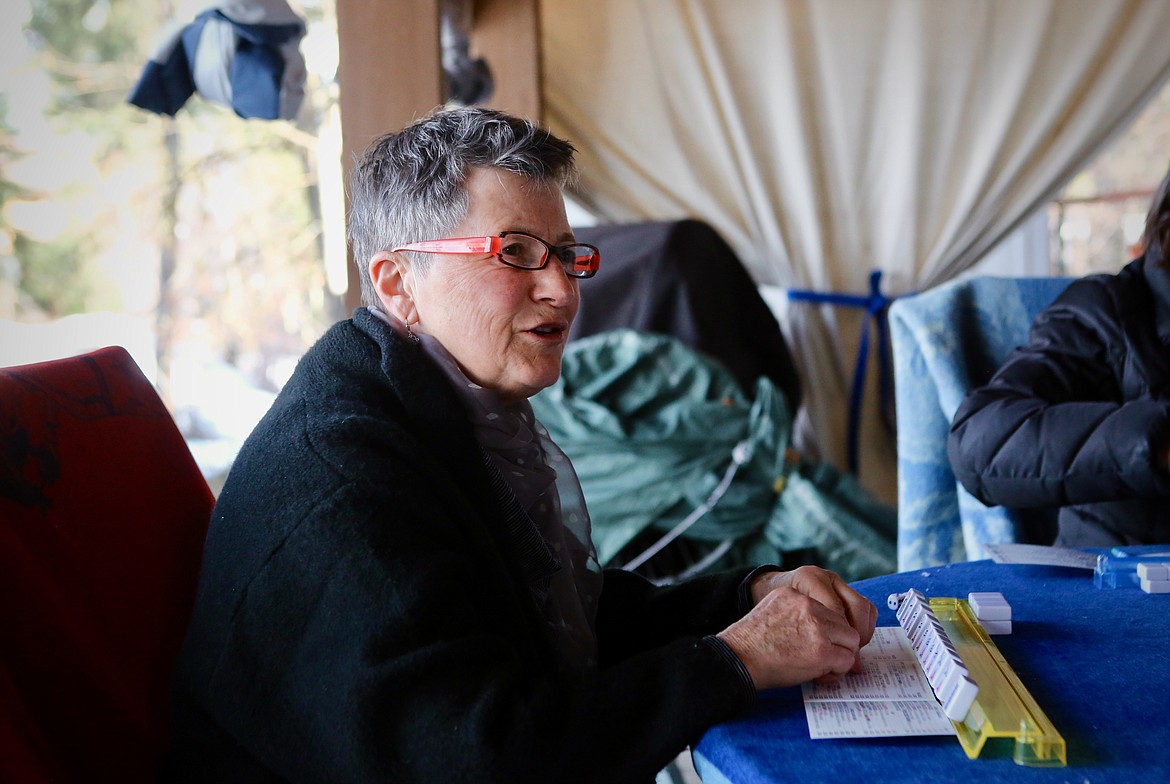The tiles that bind
|
March 17, 2021 2:10 AM
It’s Friday afternoon and a handful of women are bundled up around a table on Jan Thompson’s back patio. It’s the middle of winter with temps in the high 30s. Chilly, but not unbearably so — and they’ve certainly played in worse...
Become a Subscriber!
You have read all of your free articles this month. Select a plan below to start your subscription today.
Already a subscriber? Login









